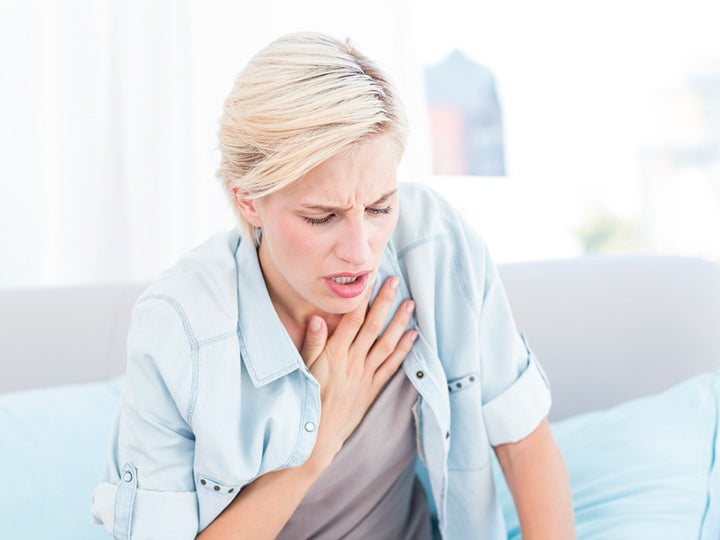
It is a known fact that oxygen is a basic human need for physical survival and while suffocation is the result when an individual completely lacks air, dangerous conditions occur as a result of low oxygen over an extended amount of time. Normal blood oxygen levels are approximately 85mm Hg.
Hypoxemia is a condition of deficient oxygen levels in the blood (oxygen desaturation as low as 60mm Hg), which can cause hypoxia ― a low amount of oxygen that is able to reach the cells and tissues. Some symptoms of hypoxia are:
· shortness of breath while resting
· waking up out of breath
· severe shortness of breath after physical activity
· feelings of choking
· wheezing
· frequent cough
Chronic obstructive pulmonary disease (COPD) is a lung disease that obstructs airflow from the lungs, and those who suffer from COPD have difficulty breathing and have increased chances of developing heart disease and lung cancer. 30 percent of people with COPD die of cardiovascular disease. COPD sufferers may also experience symptoms such as:
· depression and other mood disorders
· fatigue
· headache
· confusion
· high blood pressure, or hypertension
· pulmonary hypertension
· increased heart rate
Heart disease is the leading cause of death in the U.S. and sleep apnea is associated with high blood pressure, arrhythmia, stroke and heart failure. Heart disease is the leading cause of death in the United States; stroke is the fourth and a leading cause of disability.
Over 80 percent of adults with obstructive sleep apnea (OSA) remain undiagnosed so they have an increased likelihood of health problems, which includes obesity, heart, kidney, and liver disease. OSA and COPD are two diseases that often coexist within an individual and known as an overlap syndrome. There has not yet been a direct link of the two diseases but the overlap presents “sleep-disordered breathing associated to upper and lower airway obstruction and a reduction in respiratory drive.”
The severity of OSA is measured by how many hypopneas occur per hour - the Apnea Hypopnea Index (AHI) through a sleep study or polysomnography (PSG) that also monitors breathing, brain waves, muscle tension, eye movement, and oxygen levels in the blood. The test is painless and home sleep tests are available and highly accurate.
Getting screened, diagnosed and treated is of utmost importance for a better life and CPAP is commonly prescribed for the treatment of OSA, but patients do not regularly adhere to wearing the mask so do not receive the maximum benefits of treatment. A full study in the New England Journal of Medicine showed that CPAP did not reduce heart risks. A factor is due to patient use only about three hours a night and that is insufficient to provide true heart health benefits.
Oral Appliance Therapy (OAT) is the best alternative to CPAP intolerance and patients use the appliance nightly because of its comfort, convenience, and mobility for the patient. Patients can be fitted with special oral appliances that look like orthodontic retainers or sports mouth guards. They are usually made from clear acrylics and all have adjustment features. These appliances dilate or open the airways by repositioning the soft palate and stabilizing the lower jaw and tongue with respect to the soft palate, uvula, and the back of throat, thus increasing the volume of the airway.
Co-authored with Lily Mai.
The information provided is for general knowledge and discussion about medicine, health and related subjects. The words and other content provided in this article and any linked materials, are not intended and should not be construed as medical advice.